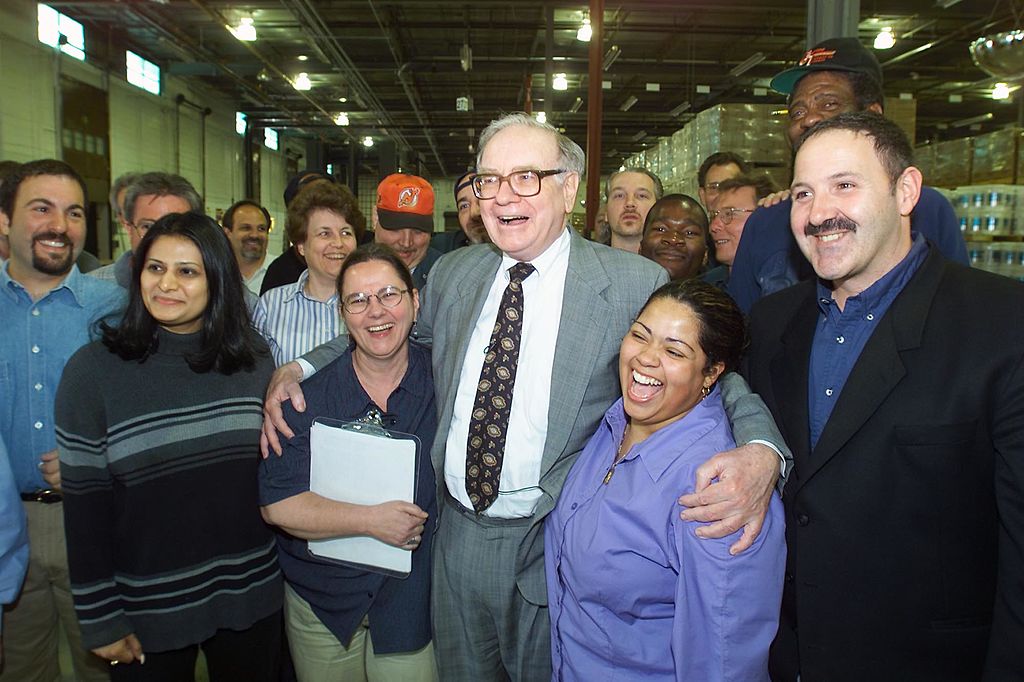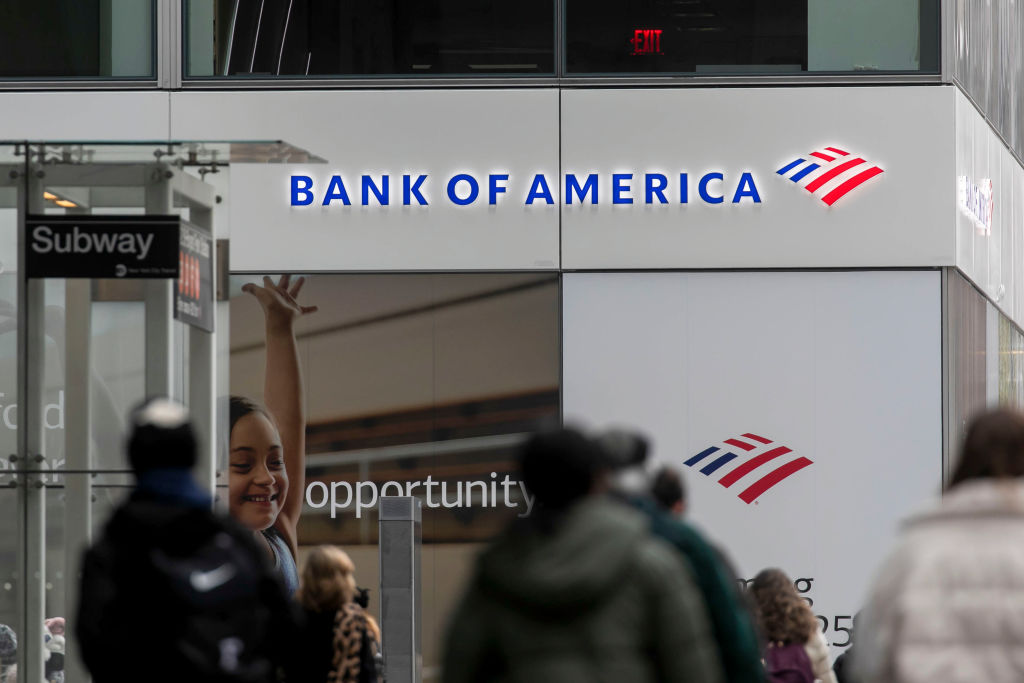2015 Outlook for Investors
The longer and higher share prices advance, the harder it is to find good companies selling at attractive prices. But they're out there.

Just a few months away from its sixth birthday, this bull market is a senior citizen. It’s already the fourth longest of the past four decades.
But the old charger still has plenty of vigor, supported by a vibrant U.S. economy, lower oil prices, a healthier consumer and a strengthening greenback. In fact, with corporate earnings likely to grow 8%-10% on average for companies in Standard & Poor’s 500-stock index, U.S. stocks should offer an 11% total return over the coming year: a 9% gain for the S&P index plus a two percentage point average dividend yield.
Moreover, although share prices are carrying a bit of a premium, at 16 times estimated 2015 earnings, the market’s valuation is well shy of past tops. Still, investors will need to take greater care to profit in 2015. Higher volatility and fewer firms lifted by a rising tide mean picking the right stocks is likely to be critical.
From just $107.88 $24.99 for Kiplinger Personal Finance
Be a smarter, better informed investor.

Sign up for Kiplinger’s Free Newsletters
Profit and prosper with the best of expert advice on investing, taxes, retirement, personal finance and more - straight to your e-mail.
Profit and prosper with the best of expert advice - straight to your e-mail.
Among the currents to be negotiated: Higher interest rates. The Federal Reserve is poised to nudge up rates midyear or later in 2015. The moves will likely be modest and gradual, and with overseas demand for the safety of U.S. assets remaining high and expectations of inflation low, increases in long-term yields, which are set in the bond market, are likely to be modest. In sum, the impact of both short- and long-term rate hikes should be benign.
But if the Fed acts more aggressively or sooner than expected, or if bond yields run up, consider a shift to defensive stocks —the companies that make the stuff we use every day. Think makers of toothpaste, cereal, diapers, toilet paper, laundry detergent and so on.
Then there’s the oil price drop, which tarnishes the luster of energy firms. Note, though, that a few, including behemoths Schlumberger (SLB) and Halliburton (HAL), have already been so beaten up that they’re looking like bargains to hold long term. The decline is a boon for companies that rely on oil-based raw materials. Chemical firms, such as PPG Industries (PPG), which makes automotive finishes, house paint and industrial coatings, are a good bet. Also Goodyear Tire & Rubber (GT) or the like.
Lower gas pump prices mean consumers have more to spend elsewhere, which is good news for retailers. Consider Wal-Mart (WMT), Macy’s (M) and discounter TJX Companies (TJX). But steer clear of Sears (SHLD) and J.C. Penney (JCP), which will both continue to struggle.
And a muscled-up dollar. Big exporters and multinationals will feel the pain of products that cost foreign consumers more and overseas earnings that translate into fewer dollars. By the same token, firms that derive the bulk of their sales in the U.S. are likely to perform more favorably. Some candidates to consider: UnitedHealth Group (UHG), drugstore chain and pharmacy-benefits provider CVS Health (CVS), insurer Allstate (ALL) and steelmaker Nucor (NUE). Also, small-cap choices such as Mueller Water Products (MWA) and Regal Entertainment (RGC). Or, conversely, pick up a bargain from Europe’s well-pummeled lot such as Nestlé (NSRGY), Credit Suisse Group (CS) and Daimler AG (DDAIF).
Profit and prosper with the best of Kiplinger's advice on investing, taxes, retirement, personal finance and much more. Delivered daily. Enter your email in the box and click Sign Me Up.

Anne Kates Smith brings Wall Street to Main Street, with decades of experience covering investments and personal finance for real people trying to navigate fast-changing markets, preserve financial security or plan for the future. She oversees the magazine's investing coverage, authors Kiplinger’s biannual stock-market outlooks and writes the "Your Mind and Your Money" column, a take on behavioral finance and how investors can get out of their own way. Smith began her journalism career as a writer and columnist for USA Today. Prior to joining Kiplinger, she was a senior editor at U.S. News & World Report and a contributing columnist for TheStreet. Smith is a graduate of St. John's College in Annapolis, Md., the third-oldest college in America.
-
 Four Spa Retreats for Well-Heeled Retirees
Four Spa Retreats for Well-Heeled RetireesWe hand-picked these U.S. spa retreats for their serenity, amenities and dedication to the comfort of older travelers. All are located in the Continental U.S.
-
 Four Military Benefits That Have Helped My Family
Four Military Benefits That Have Helped My FamilyMilitary life can be challenging for servicemembers and their families, but they're offered some significant financial benefits to help cushion the blow.
-
 What the Rich Know About Investing That You Don't
What the Rich Know About Investing That You Don'tPeople like Warren Buffett become people like Warren Buffett by following basic rules and being disciplined. Here's how to accumulate real wealth.
-
 If You'd Put $1,000 Into Bank of America Stock 20 Years Ago, Here's What You'd Have Today
If You'd Put $1,000 Into Bank of America Stock 20 Years Ago, Here's What You'd Have TodayBank of America stock has been a massive buy-and-hold bust.
-

 If You'd Put $1,000 Into Oracle Stock 20 Years Ago, Here's What You'd Have Today
If You'd Put $1,000 Into Oracle Stock 20 Years Ago, Here's What You'd Have TodayORCL Oracle stock has been an outstanding buy-and-hold bet for decades.
-
 How to Invest for Rising Data Integrity Risk
How to Invest for Rising Data Integrity RiskAmid a broad assault on venerable institutions, President Trump has targeted agencies responsible for data critical to markets. How should investors respond?
-
 If You'd Put $1,000 Into Sherwin-Williams Stock 20 Years Ago, Here's What You'd Have Today
If You'd Put $1,000 Into Sherwin-Williams Stock 20 Years Ago, Here's What You'd Have TodaySherwin-Williams stock has clobbered the broader market by a wide margin for a long time.
-
 If You'd Put $1,000 Into UnitedHealth Group Stock 20 Years Ago, Here's What You'd Have Today
If You'd Put $1,000 Into UnitedHealth Group Stock 20 Years Ago, Here's What You'd Have TodayUNH stock was a massive market beater for ages — until it wasn't.
-
 Coulda, Woulda, Shoulda: Are These 5 Stocks Too Overvalued to Buy Now?
Coulda, Woulda, Shoulda: Are These 5 Stocks Too Overvalued to Buy Now?Investors worried about missing the boat on overvalued stocks need not fret. These five names, while expensive, are still seeing lots of love from analysts.
-
 S&P 500 Extends Losing Streak Ahead of Powell Speech: Stock Market Today
S&P 500 Extends Losing Streak Ahead of Powell Speech: Stock Market TodayStocks continued to struggle ahead of Fed Chair Powell's Friday morning speech at Jackson Hole.